Most cameras, especially older ones, have their own idiosyncracies and it takes a while to get used to them. When I bought my Minolta Autocord, I had never used a TLR. I had used other medium format cameras and large format cameras and and I have a waist level finder for my Pentax 6×7, but the layout of the Minolta was new to me.
A regular camera review is written after using a camera for a short period of time, often a day or even a few hours. That is enough time to spot any glaring faults, but not long enough to know whether minor quirks will become major irritants down the line. Using a camera over the long term is the only real way to assess it. This is doubly true if you are switch to something like a TLR where every control is in a different place, and the camera is operated from waist level rather than eye level.
Holding the Camera
The biggest challenge I found with my Autocord was holding the camera truly steady. The shutter release is on the front of the camera. It is low down so it is quite easy to make the camera move as you press the button down. You either have to wedge the camera against your chest or make sure you have your thumb on the back of the camera, bracing it. I also added a soft release button so I could apply pressure more smoothly. Ultimately, I think the design of any TLR is inherently less stable than the conventional SLR design. TLR’s are somewhat top heavy, and the shutter release works across, rather than towards the supporting hand. I got around this with practise, but it is not as easy to hold steady as other camera designs, at least not for me.
That said, if I braced the camera into my chest I got some very impressive results. The lens is excellent and produces contrasty, sharp images when stopped down. I was particularly surprised how good it was with colour film given that the lens is ‘only’ single coated. A reminder that although modern lenses offer wider apertures, they don’t necessarily produce much sharper results.
Focusing
I have always found focusing with the camera easy. The lever at the bottom of the camera is ergonomically superior to the usual knob on the side that most TLRs have. It means you can keep your hands in place as you focus and shoot the camera. At a push you could shoot the camera wth one hand. It also means you can learn to set the camera by touch. When the lever points to 6 o’clock, the camera focuses to six feet. This is just as well as the depth of field scale is on the front of the camera. You can’t see it as you are shooting. The ground glass is not the brightest, but snaps into focus easily enough. The flip up magnifier is essential for wider apertures or close-up shots.

Shutter & Aperture Control
The controls for the shutter and aperture are small and a little fiddly but operate smoothly. More frustratingly the speeds and apertures are displayed in two small windows above the viewing lens. This means the adjacent speeds are often not visible and sometimes you can turn the lever in the wrong direction. If you want to set a half stop adjustment to the aperture the window is often blank! I have tended to shoot the camera more deliberately and accepted that I have to slow down.
Weight & Portability
TLR’s are possibly the best combination of lightweight and high quality in film cameras. I bought my Autocord primarily as a travel camera. Something I could carry around all day without a sore shoulder or an aching back. My standard lightweight film kit is my Autocord, a handheld meter and about 10 rolls of film, on top of this I carried a Olympus Mju-ii for snapshots or if I needed to use flash. On holiday I could carry this around all day. I also had space in my camera bag for all those other bits and bobs you need with you on a day out. It was a serious camera that didn’t make my family groan when I used it.
A fixed lens camera might be limited, but it saves you from the temptation to add that extra lens or two because you ‘might’ need them. After a while I stopped seeing pictures I couldn’t shoot because I didn’t have a tele lens or a wide. I adjusted to seeing shots I could achieve with what I had with me. My style became shaped by my camera.
Reliability
Almost any TLR you buy now is going to be over 40 years old. It is asking a lot to expect them to be 100% reliable. When I first got my camera the speeds all appeared to be one stop slow, but with use they became more accurate. The shutter lock also could stick on, so I stopped using it at first, although again with use it became more trustworthy.
More troubling I found that with use, many of the screws on the camera became loose. Although I could easily tighten most of them myself, eventually the lens board became loose and I had to send the camera in for a service.
I suspect that at some point the camera had been subject to a DIY service. This was what caused screws to come loose rather than any inherent design problem. Still it was a timely reminder that any older camera, no matter what the condition, will probably need to be properly adjusted and lubricated by a professional if you want it to be reliable.
On the plus side, Autocord TLRs are entirely mechanical, and as such far more fixable than later film cameras that rely heavily on electronics. They don’t take some hard to find or unavailable battery, and most are built to last a lifetime.
Conclusions
The best compliment I pay my Autocord is that I still regularly use it. I am guilty of buying a film cameras cheap, playing with them for a couple of months and then letting them sit on the shelf when something else catches my eye. The Autocord was the camera that finally convinced me that I am not really a 35mm photographer. These days all my serious film photography is 120 and 4×5. It was finding a portable camera that shoots 120 that re-ignited my love for medium format photography, and let me produce some pictures I am proud of.
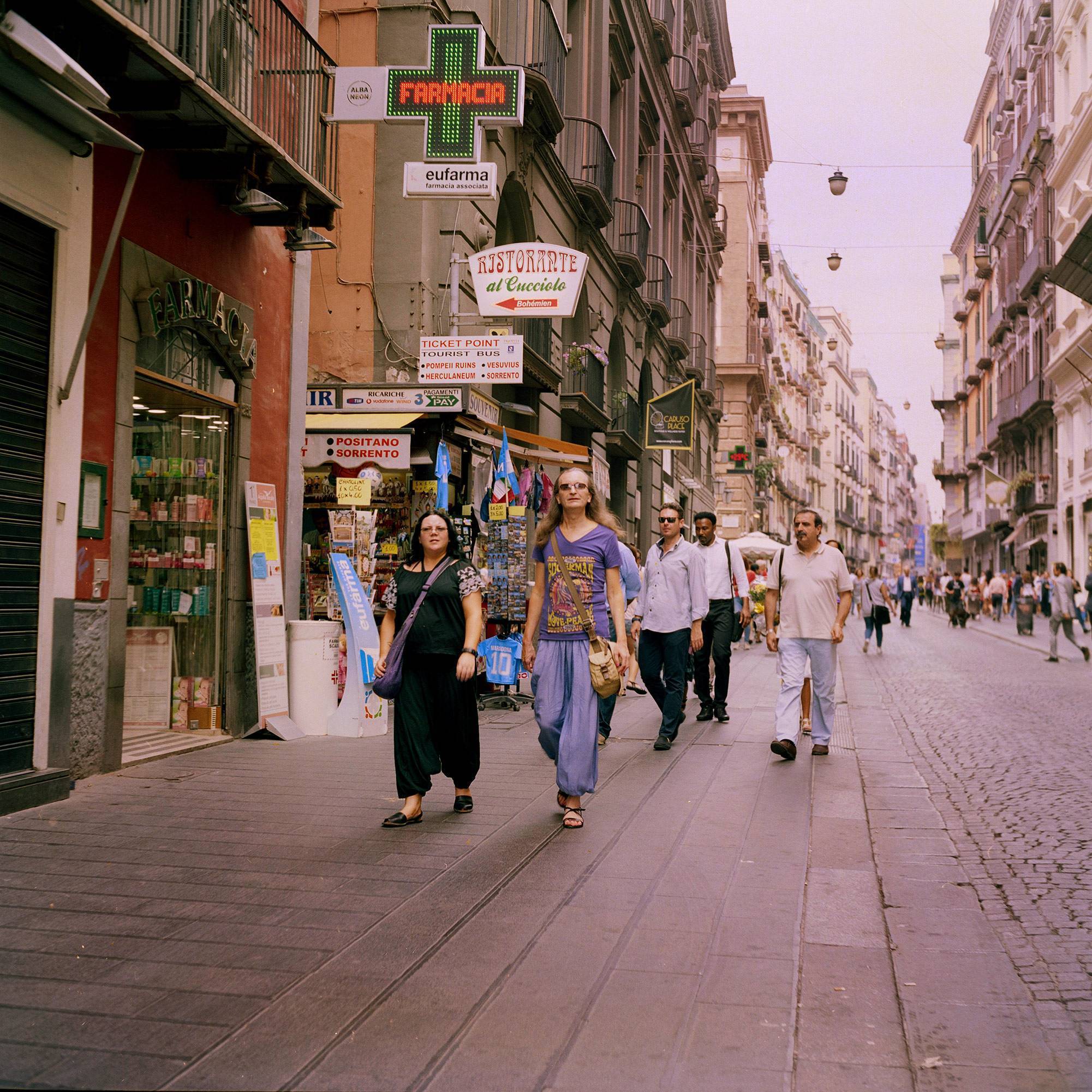
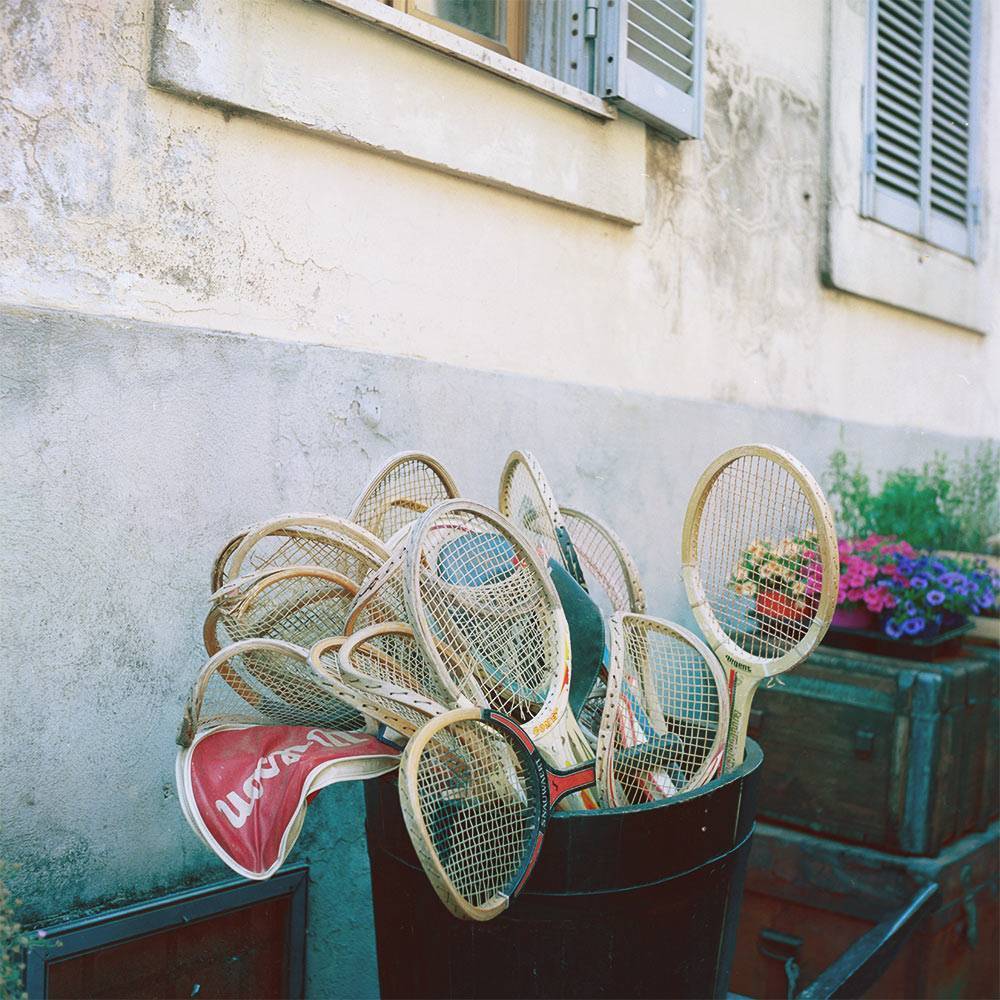
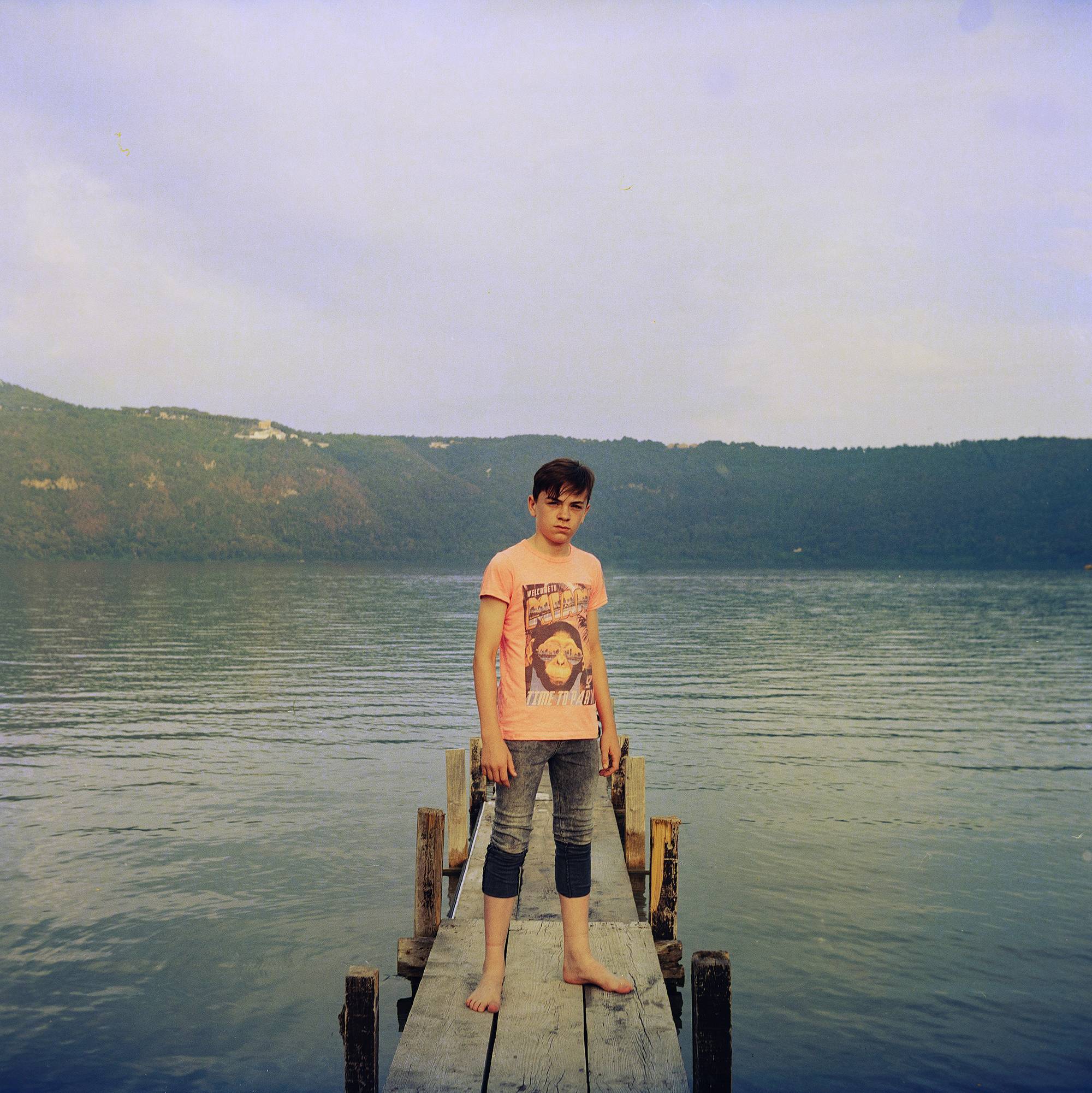
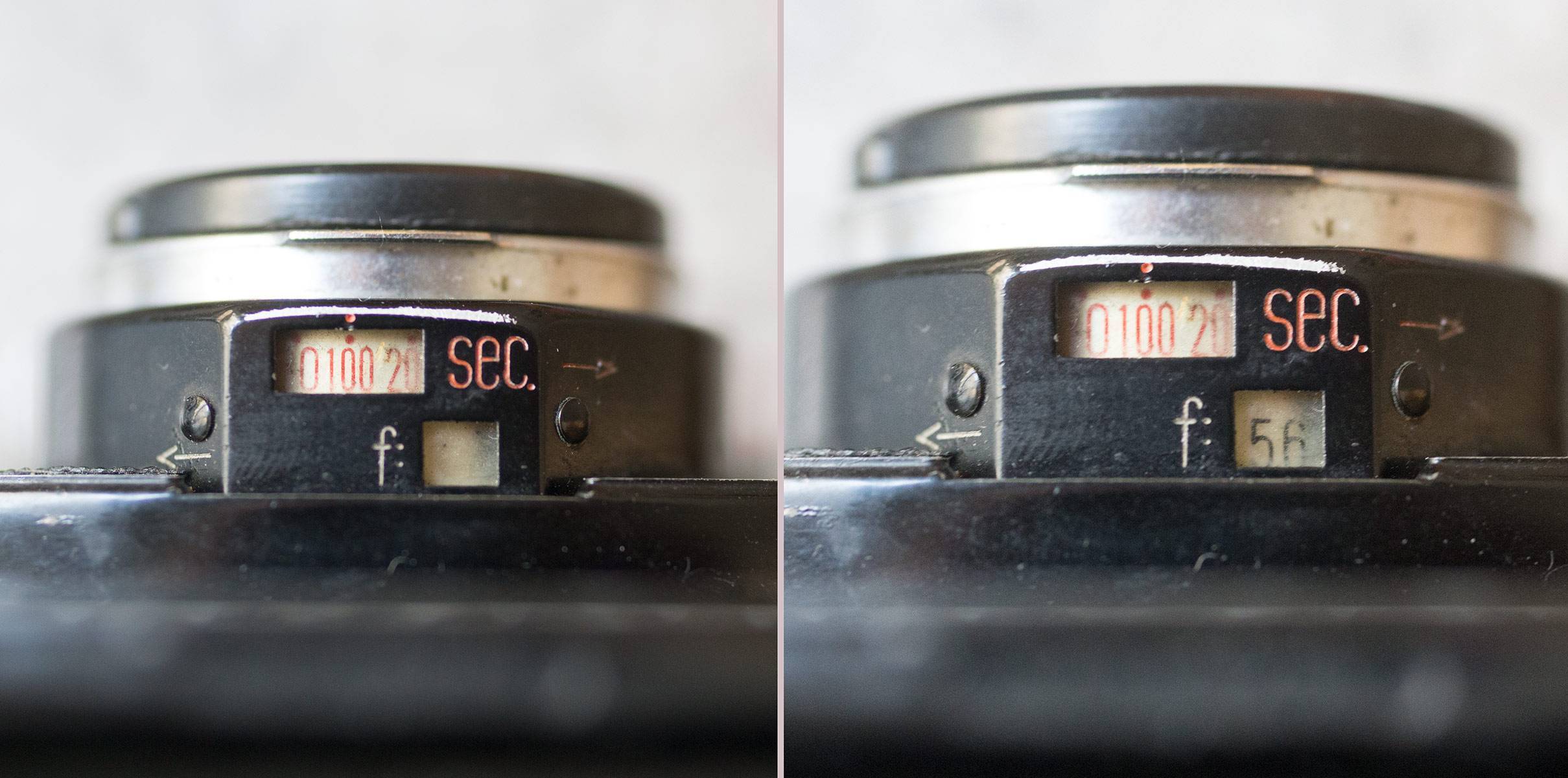
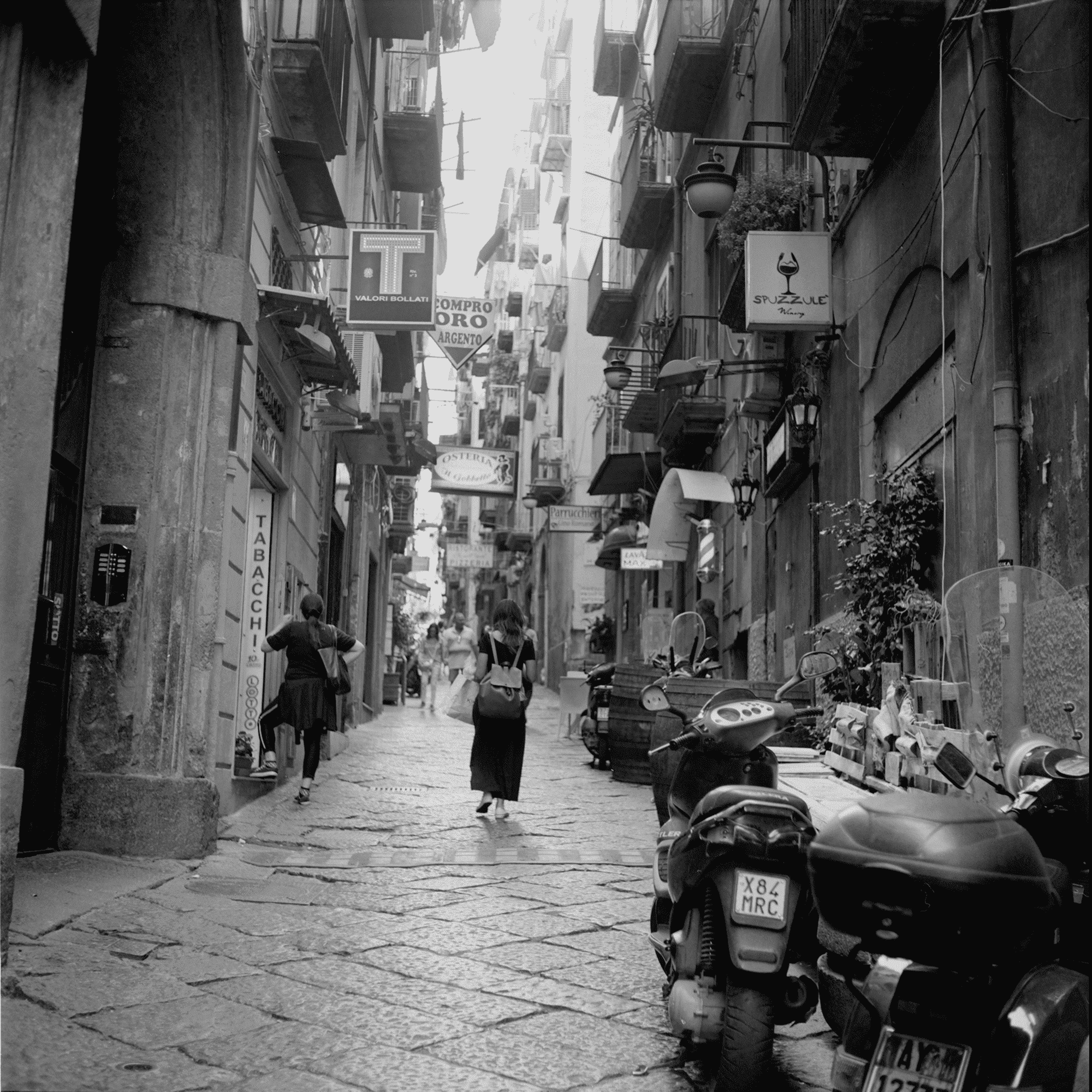

Just curious, will you ever try the close up lenses? I inherited my father’s autocord in perfect condition with the close up lenses.
I really do believe the camera does not get the shine it deserves.
I haven’t got a set and they are hard to find in good condition. So I haven’t I’m afraid.
Thanks for the reply,
As I said before, I came into my father’s after he passed. I have the set 2 for close ups from 14 to 18 inches (35-45 cm). It’s really a shame I have not gotten out there more with this camera but your pictures have inspired me to get off my ass and use this camera more.
Regards
My Autocord must be a couple of years younger than yours, as it has the Seikosha MX 1/500 shutter, regular strap lugs and no self-timer. But I have the same problem with the speed and aperture levers; muscle memory has not yet mastered which way they go — or even which is which.
What I do like is the ‘EV’ feature: if you have a meter that reads in classical Exposure Values, you can bypass its calculator dial and go straight to the camera. The aperture and speed levers have scales marked in EV, so you just have to pick two values that add up to your meter reading. If the meter reads, say, 14, 6 on one scale corresponds to f/8, while 8 on the other gives 1/250 (or maybe it’s 1/200). 7 and 7 would be 1/100 at f/11 and so on. Of course, you have to look at the front of the camera to do this — but at least you can see the whole scale at once.
The Autocord is an occasional indulgence rather than a regular companion for me; at nearly £2 a shot, it has to be. But a strip of Provia transparencies, taken on a sunny day, is a thing of such beauty that I do need to make more opportunities to use it. That might help the muscle memory too!
Tobias, an excellent choice in medium format camera. I bought mine at a military exchange in 1957 for $63.10, I had to save up to be able to buy it. Mine has the Chiyoko 75mm taking lens and it is really sharp. It is the metered model but I preferred to use a handheld meter when needed, usually a Gossen.
My camera had to go back to the Minolta factory once because I left the camera strap hanging off the shelf where I had placed the camera and an inquisitive toddler pulled the camera off the shelf and the focusing Knob was broken. The factory repaired it for free and thanked me for having bought it .
I still own and love this camera bu tI don’t shoot film anymore because I dismantled my darkroom. I have been retired for 23 years and have been so thankful that I got paid to do What I loved doing, making photos.
Have you used Ilford film? I preferred to use Ilford 400 Pan because of the beautiful long tonal range.
Best of luck to you and keep on shooting. glynn p
Thanks Glynn!
I grew up with TLRs, but never had a decent one till later in life – a Yashica Mat. Now I’m getting back in, ordered a near mint Ricohflex and am always on the lookout for an Autocord. Back in the ‘50s, most of the photo credits in photo mags were for Rollieflexes and some ‘Cords. The one alternative seemed to be the Autocords. Your pictures are far better than what I’ve seen posted by people using various TLRs. Now I really want one.
Autocords are great cameras, but most TLRs have tessar lenses so I have my doubts about how different they can really be. I think that manual cameras tend to reward good technique and most of the difference you tend to see is down to photographer skill more than anything else.
Thanks for the reviews. I related to your comment about holding the camera steady. I too seem to have trouble with my Rolleiflex until I read somewhere that using a flexible neoprene neck strap and putting some down pressure while holding the camera against the body steadied it. That has really helped.
Thanks for the article and to the others for their comments. I have been looking to buy a TLR for awhile and am pleased to hear that the Autocord is a fine option. I had previously been looking at Rollei’s and Mamiyas. I am a little surprised that I had not already heard the virtues of the Autocord as I started my photography with 35mm Minoltas: SRT 201 and then an XD-11. I was always a proud Minolta owner and user. I have put 120 film through some vintage bellows cameras over the last couple of years and the results are pleasing. Now, however, I want to take film photos that are hopefully closer to “stunning” as opposed to “novelty” and a TLR is where I’ll head.
Another overlooked TLR from the era is the Ricoh Diacord in any of its variations; G, L, or Ricohmatic 225. Excellent optics, light weight, great ergonomics. And because they’re under-appreciated cheaper to acquire than the Autocord. Great cameras.
I have one I bought at a garage sale for $85. It is in mint condition the lenses are clear and clean. It has a top shutter speed of 500. Just loaded it with TRI-X 400 and will shoot it for the first time today. If all goes well this will be the smaller partner to my Hasselblad 503. I plan to mostly shoot street and travel photos. I have 10 rolls of Portra 400 which I plan to shoot with this camera. But first today I will be shooting TRI-X because I can develop it tonight and see if it is working good. Thank you for the great review.